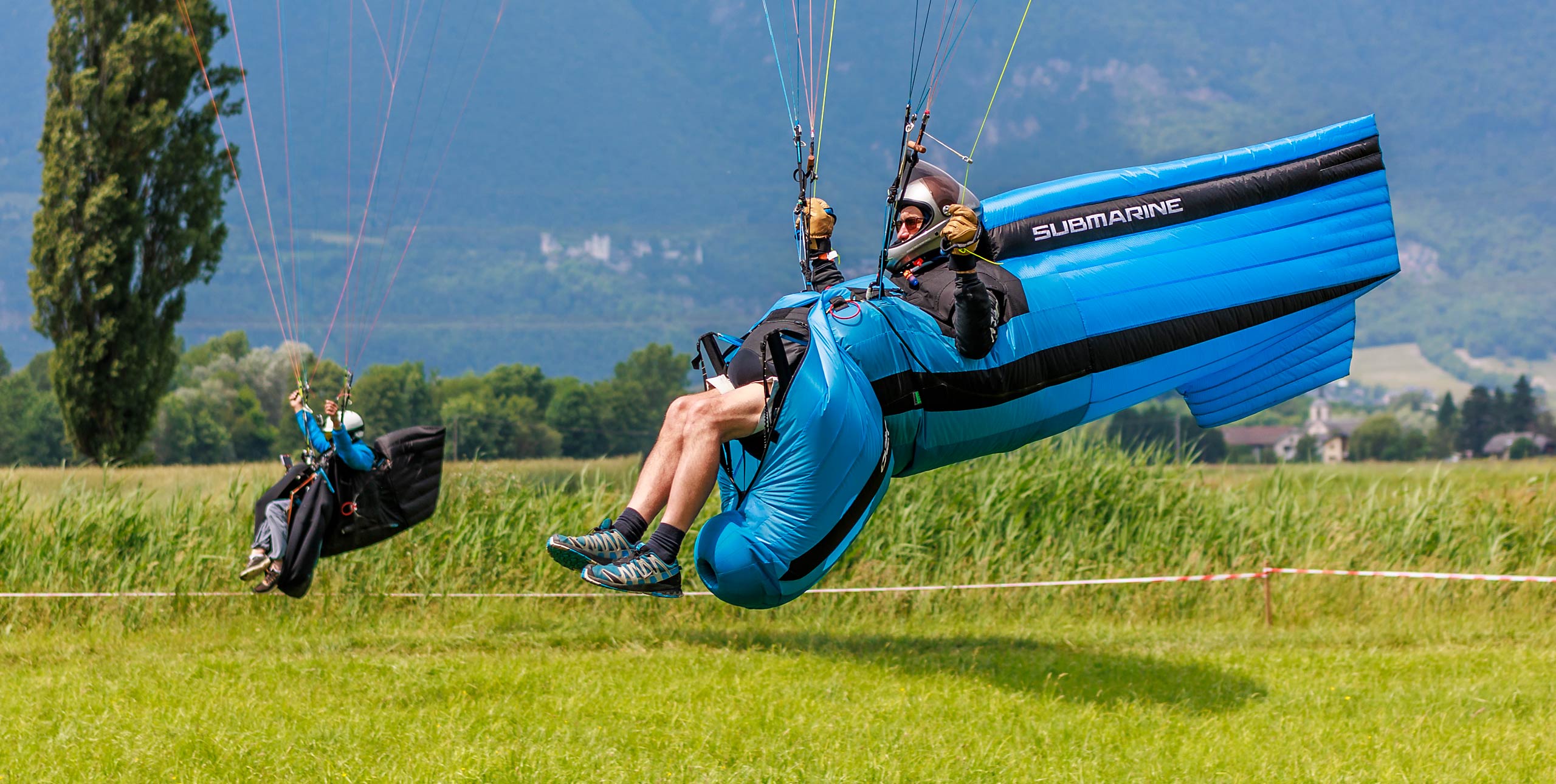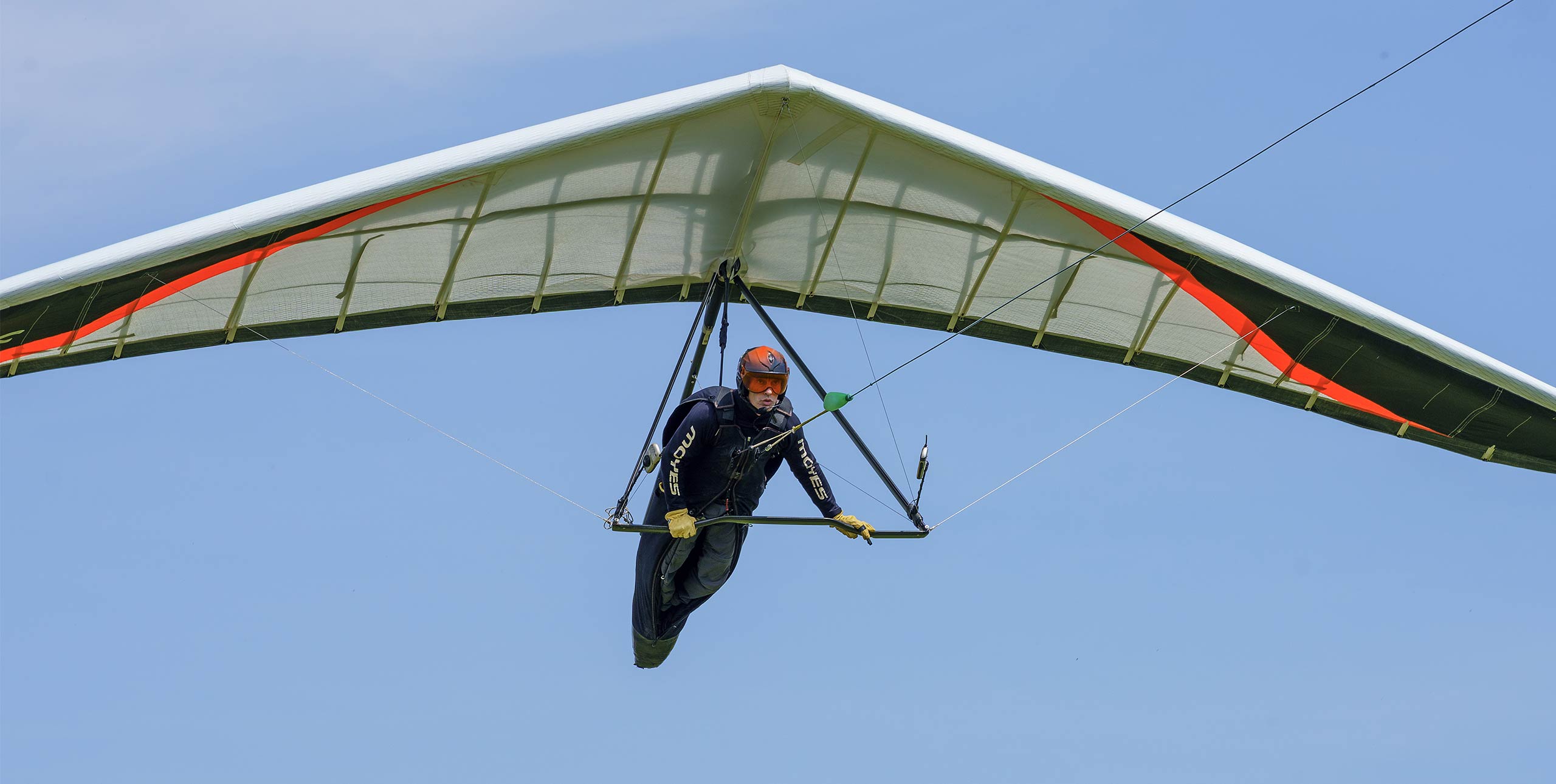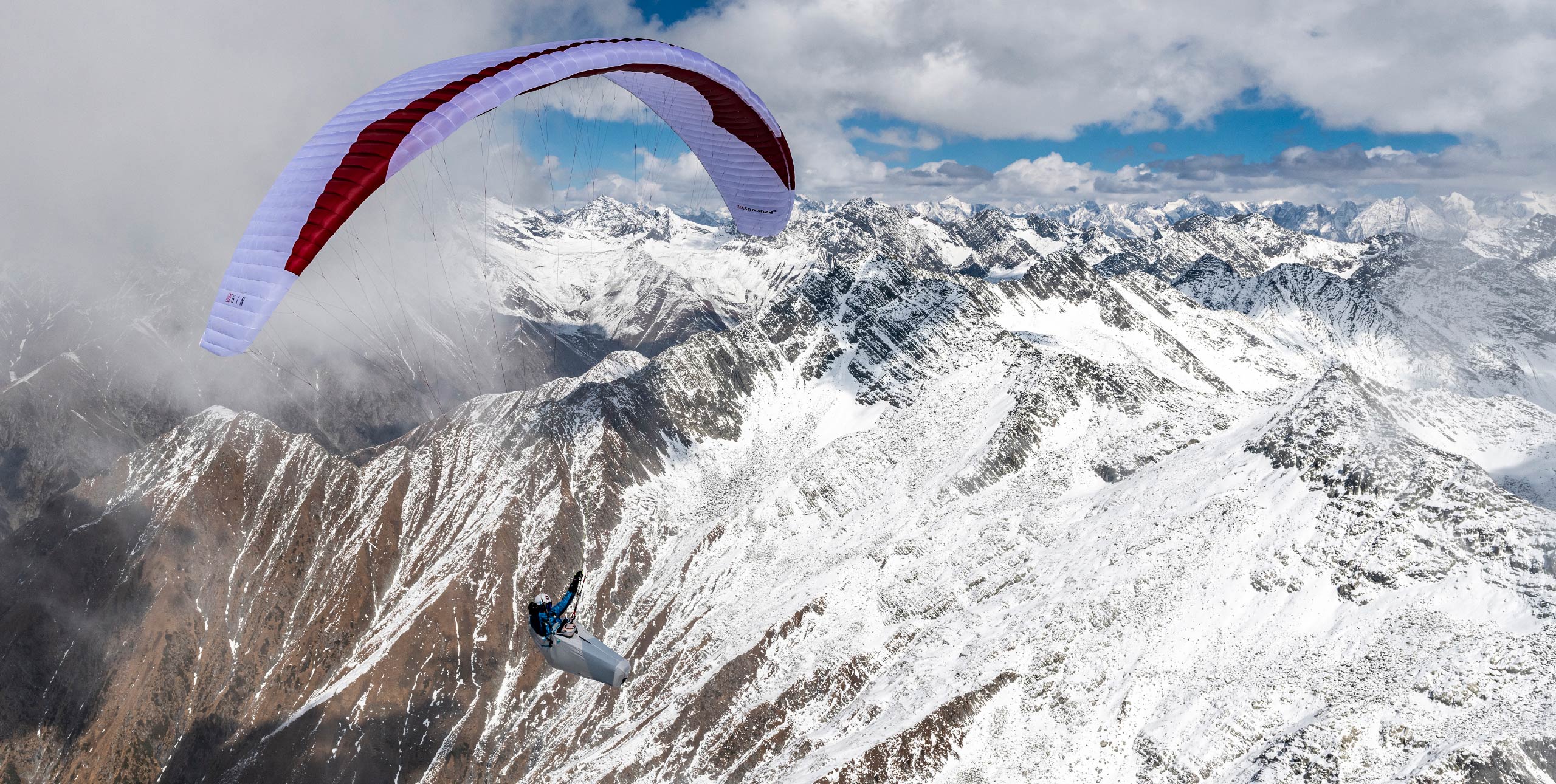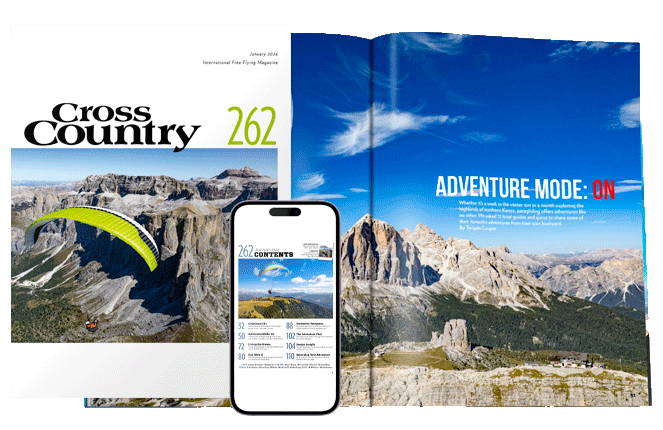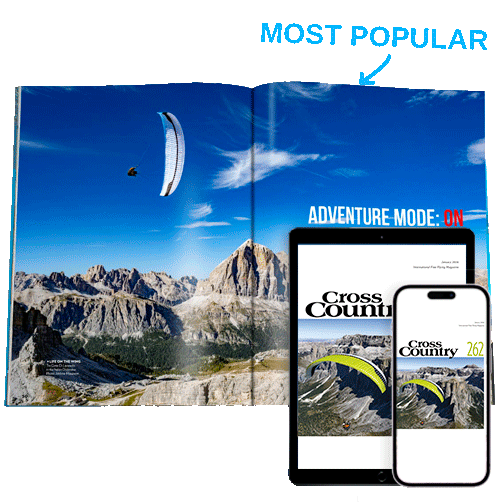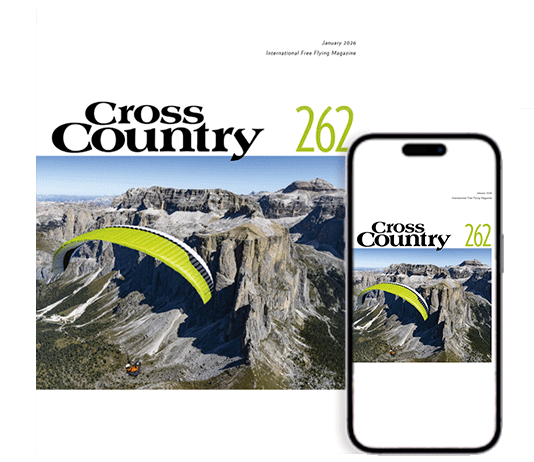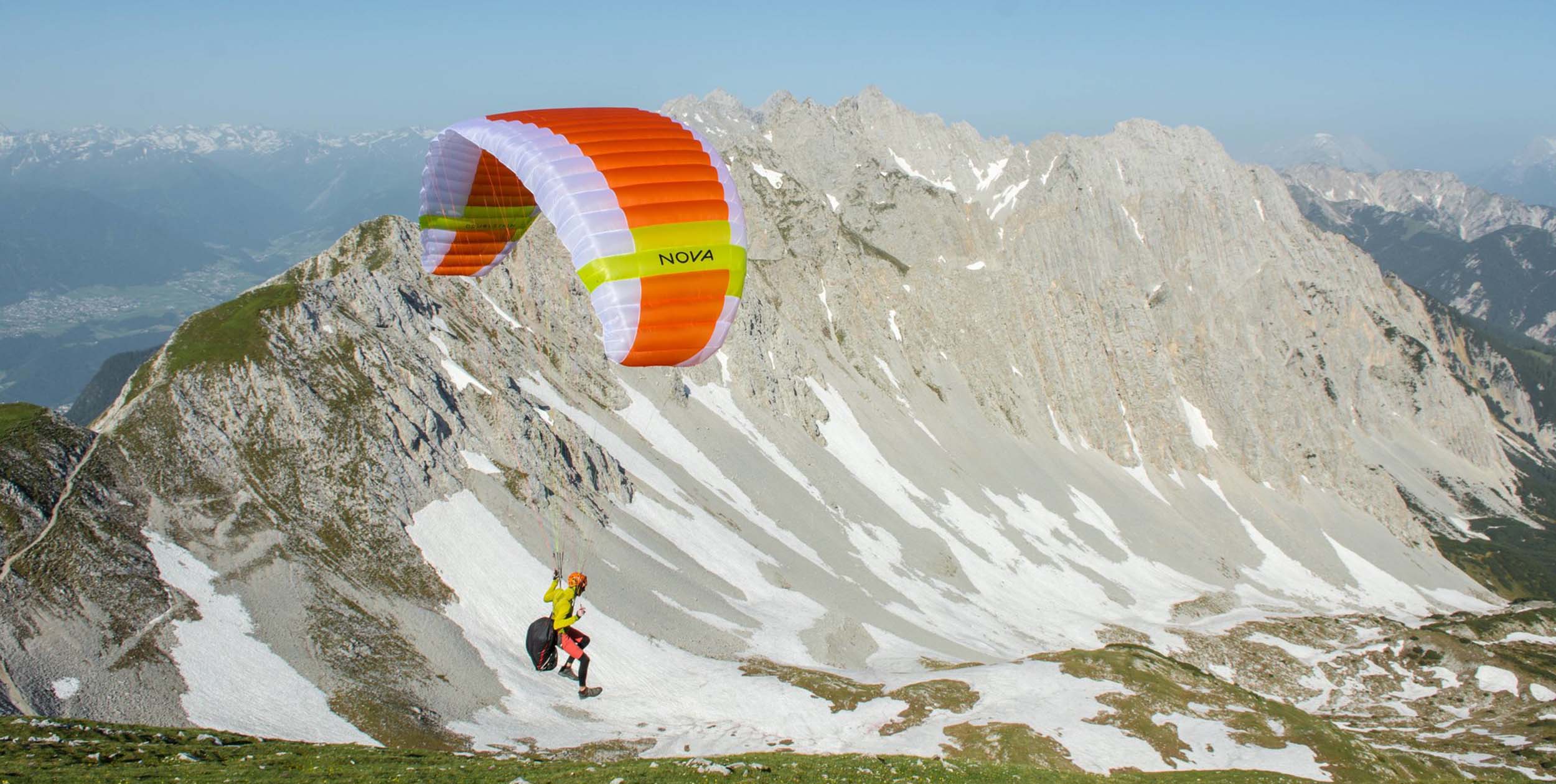
How to nail your top-landings with Théo de Blic
17 February, 2021Acro World Cup champion Théo de Blic has the perfect approach to getting those top-landings right – every time.
Top landing is a big deal. It brings autonomy to a new pilot. Suddenly you can drive up, fly, top land, fly again. Or even better, fly around, top land in a wild spot and enjoy an incredible feeling of freedom.
The days I like most are where I take off from my home spot in Verel, France, fly some acro, then follow the ridge, top land somewhere, chill, take off, fly some tricks and then fly back for a final top landing. These are the days that put a big smile on my face. Here are my 10 tips for top-landing.
There is always another opportunity. That’s rule one and it could be the only rule. Top landings are dangerous. Pilot are stressed, feel they have only one try and that it’s now-or-never. I have seen many broken ankles and even backs from pilots trying to top-land no matter what. The thing with top landing is it’s not a sure thing. You might miss and try again, or miss and land down, but it doesn’t matter. Either way you have to be sure you don’t hurt yourself. If you miss and fly away you can try again in five minutes or tomorrow. If you miss and crash you might not be able to try again for months.
Always check the best way. Every take-off is different, and some have only one way to top land. When you arrive at a take-off ask about the best approach, or watch other pilots as they top land.
A check-up approach is good. Fly around take-off and check it out. It gives you an idea about conditions and can help you plan your landing. In Organya we often top land at the very top (the antennas), but it’s often quite windy. Sometimes it can be so windy that when you take off you just climb and fly backwards into turbulent air. So I often make an initial pass a bit higher up in order to see how it looks. If it’s too windy, I don’t land there.
Check for free airspace. If people are launching, wait for them to go – unless it’s clear they have seen you and are letting you land. In places like Organya pilots will often let you top land before they launch because they know how tricky top-landing can be. Pro tandem pilots on the other hand will likely take their priority, because they are working and are in a hurry. Just let them do it. You don’t care because they are working and you are enjoying and flying.
Always be ready to abort. If you put yourself in a stressful situation you can end up getting stuck: you can’t abort anymore, so it’s crash into trees or worse. Save the stress and always try to keep an abort option open, just in case. You will just have to go around again.
There is always a good approach direction. Some top landings are easy: they are huge, you come from behind, face the wind and land. But others are trickier. Quite often they are too short and you have to come in sideways. If that’s the case, remember it’s rare to have a perfect front wind on take-off, it’s often slightly cross. So check the wind direction and ad-just your approach. Any backwind is bad: there is no lifting air out front to help you and you will be coming in fast; it’s a recipe for a crash.
Speed is your friend. Aah dear old “pumping”, the so-called technique of braking-and-releasing rapidly. Nothing is more dangerous than this technique. By pumping you come awfully close to your stall point and you make the glider shoot forward, all among turbulence, sink and thermals. Something bad is bound to happen, and it quite often does. I have seen many pilots stall their wing too high at 3m or even 5m, because their lack of skill or turbulence got in the way. And that’s how you end up with a broken back.
My technique is to come slightly on the brakes just before reaching the top-landing area, then just before flying above it release the brakes nearly all the way up, just keeping some contact with the glider, and use the speed to sink to the altitude you need. You then have enough energy to fly away if needed or to land softly with a nice brake input.
Your butt is out of the equation. Don’t land on your butt. Paragliding back protectors aren’t great, they won’t protect you forever. So always stand up. It means you will be ready to land on your legs if something goes wrong. True, it kills your style a little, but I always do it. You will always see me stand up before a top-landing, just in case.
Get your wing down as soon as you land. There might be someone coming in behind you, and also, if it’s strong and you’ve already spent an hour trying to top land you don’t want to find yourself back in the air.
Try to find cool places to top land. Once you master top landing it offers an infinite number of cool spots to enjoy. I really love top landing high in the mountains, or on super cool slopes to ground handle or soar. It creates amazing memories. There is no stress about fly-ing as far or as fast as possible, just endless possibilities.



